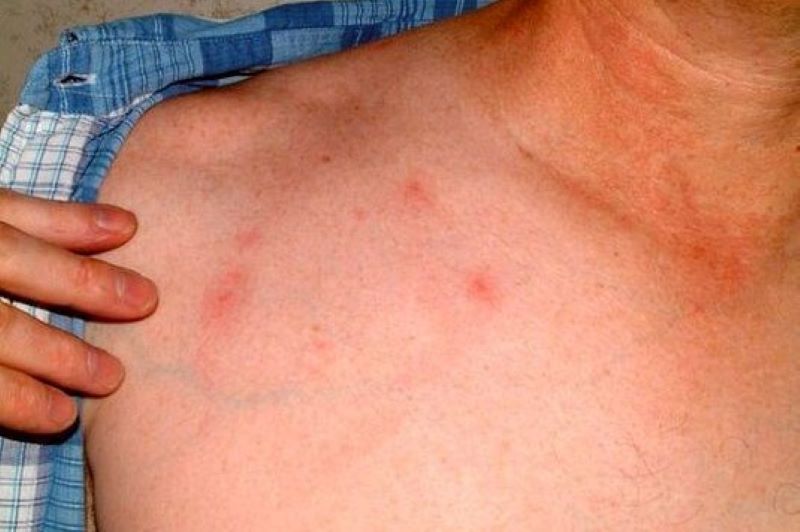
Dracunculiasis: transmission, diagnosis and treatment of 'Guinea-worm disease'
Also known as ”Guinea-worm disease”, dracunculiasis is an infectious disease caused by a nematode worm, Dracunculus medinensis (‘Medina filaria’ or ‘Guinea worm’)
Dracunculiasis is mainly spread in tropical regions of Asia and Africa (Ghana, Zimbabwe, Nile Valley, Middle East, India, Pakistan) and in those areas characterised by a lack of drinking water: the number of infected people is estimated to be around 10 million, while the population at risk would be around 100 million.
How Dracunculiasis is transmitted
Humans contract the disease by drinking water contaminated by microscopic crustaceans of the genus Cyclops that have themselves ingested the larvae of the worm.
In the human intestine, the larvae become active and spread into the retroperitoneal spaces; here the worms become adults, reaching sexual maturity, and fertilise.
Following mating, the male dies, while the female (which can reach a length of 120 centimetres) moves into the subcutaneous tissue, especially that of the lower limbs, and deposits hundreds of larvae there.
At the spot where the Dracunculus medinensis has settled, a vesicle forms that can rupture on contact with water, releasing the larvae outside, which in turn will go on to infect other crustaceans.
Dracunculiasis, how it manifests itself
The infection has an 8-14 month incubation period, often asymptomatic, followed by a state of debilitation coinciding with the activation of the larvae in the body.
The appearance of the vesicles is accompanied by a series of symptoms due to allergic reactions and the action of the toxic liquid emitted by the parasite: increased eosinophilic granulocytes in the blood, urticaria, asthma, headache, vomiting and diarrhoea.
Rupture of the vesicle causes painful ulceration of the skin, which can become infected and cause abscesses.
Treatment of Dracunculosis
There is no vaccine for dracunculosis, so in order to prevent infection, it is necessary to adopt scrupulous prophylaxis, use protected wells and make the water used for food drinkable.
It is also important to only eat crustaceans that have been cooked well, especially if they come from endemic areas.
Treatment involves removing the adult worm (the commonly used technique consists of rolling it along a wooden stick), healing the wound and treating any infections, abscesses or calcifications caused by the parasite in the skin with antibiotics.
Read Also:
Emergency Live Even More…Live: Download The New Free App Of Your Newspaper For IOS And Android
Parasitoses And Zoonoses: Echinococcosis And Cystic Hydatidosis
Toxoplasmosis: What Are The Symptoms And How Transmission Occurs
Toxoplasmosis, The Protozoan Enemy Of Pregnancies
Managing Chickenpox In Children: What To Know And How To Act
Monkeypox Virus: Origin, Symptoms, Treatment And Prevention Of Monkey Pox
Leptospirosis: Transmission, Diagnosis And Treatment Of This Zoonosis
Pityriasis Alba: What It Is, How It Manifests Itself And What Is The Treatment


